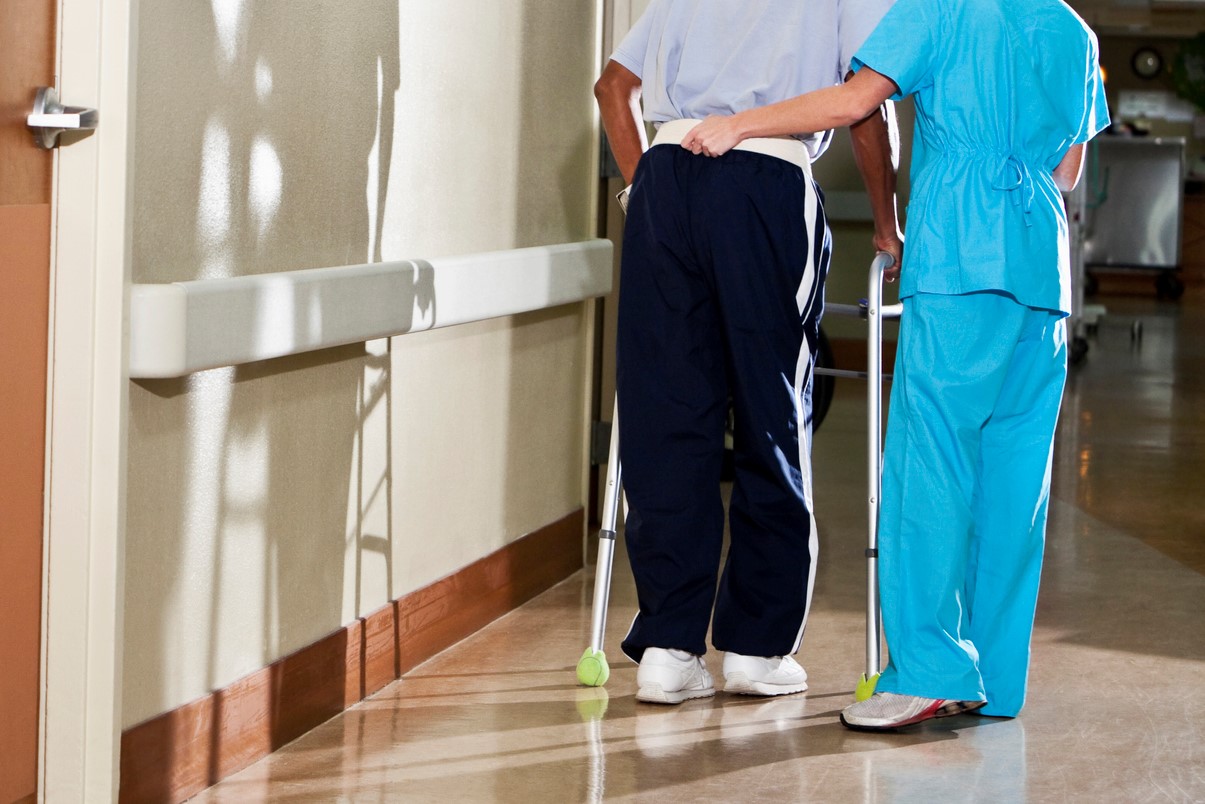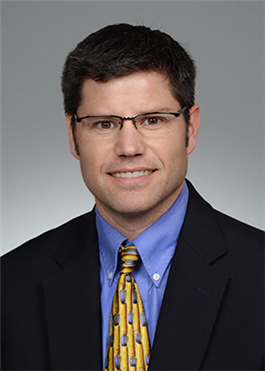
As appeared in the Spring 2022 issue of Scripts.
Long are the days of a three-to-five-day hospital stay after joint replacement surgery. Have you heard the terms “outpatient,” “same-day” or “fast-track” associated with hip and knee replacement surgery? If not, be ready; it is the wave of the future. Actually, it is the “here and now.” Developed over the past decade and spurred on by COVID, sending patients home within hours of a hip or knee replacement is quickly becoming the standard of care across the country. In fact, at Northside Hospital Cherokee we have been performing same-day discharge joint replacement surgery for over four years now; wherein the vast majority of patients, regardless of age or insurance, go home the same day as their surgery (of course, there are certain patients who may require an overnight stay).
So how did this transition occur that allows patients to be walking out of the hospital or ASC within a couple hours of surgery? Do we simply wheel them outside, dump them in the car and say “Good luck!” No. What has happened is that we as surgeons and anesthetists stopped doing things to the patient that required them to stay for multiple days. Things that prevented them from being physically able to work with therapy an hour after surgery. These things included high blood loss requiring blood transfusions up to 33% of the time, now down to <1%. Preventing nausea by using short-acting spinal anesthesia and avoiding IV narcotics on the day of surgery. Controlling pain in multiple ways including local nerve blocks that only block sensation and not motor, using multimodal non-narcotic pain medications, utilizing peri-articular injections of local acting pain medications and preoperative loading with non-narcotic medications. Preventing postoperative hypotension by having patients hydrate themselves the day and night prior to surgery, allowing liquid oral intake up to about three hours prior to surgery (as opposed to the traditional eight hours). Operating efficiently and quickly so that patients are not in the operating for extended periods. Having consistent surgical techs and nurses in the OR who can help to provide for an efficient environment. Preoperative optimization of medical conditions so that when patients come to surgery they are in the best shape possible (What does this entail? Not enough room to describe here!). Preoperative education of patients so they are well prepared for surgery prior to the day of surgery, including things such as home equipment needs, postoperative physical therapy and postoperative prescriptions. Finally, having a “Care Partner” who is informed, educated and dedicated to helping the patient, especially in the first three to five days.
Perhaps the biggest piece, especially when performing this in the hospital setting, is buy-in from hospital leadership to provide an environment that allows this to happen. Unfortunately, not all hospitals have bought in the way they should. It takes communication, coordination and a cohesive teamwork approach among multiple departments including anesthesia, preop staff, OR leadership, PACU RNs, recovery floor supervisors, the pharmacy department, physically therapy and surgeons to all be on the same page. Protocols are a must so that there is a high level of consistency among patient care such that staff does not have to wonder on an individual surgeon basis what type of special orders one may have for their patients. Consistency of care is key.
And finally, COVID has provided the perfect fuel to make everyone from surgeons to patients realize that the less time one spends in the hospital the better, given otherwise equal outcomes. “Same day discharge” joint replacement is here to stay and it is better for the patient, the surgeon and health care system as a whole. Northside Hospital Cherokee has helped lead the way on this journey!

